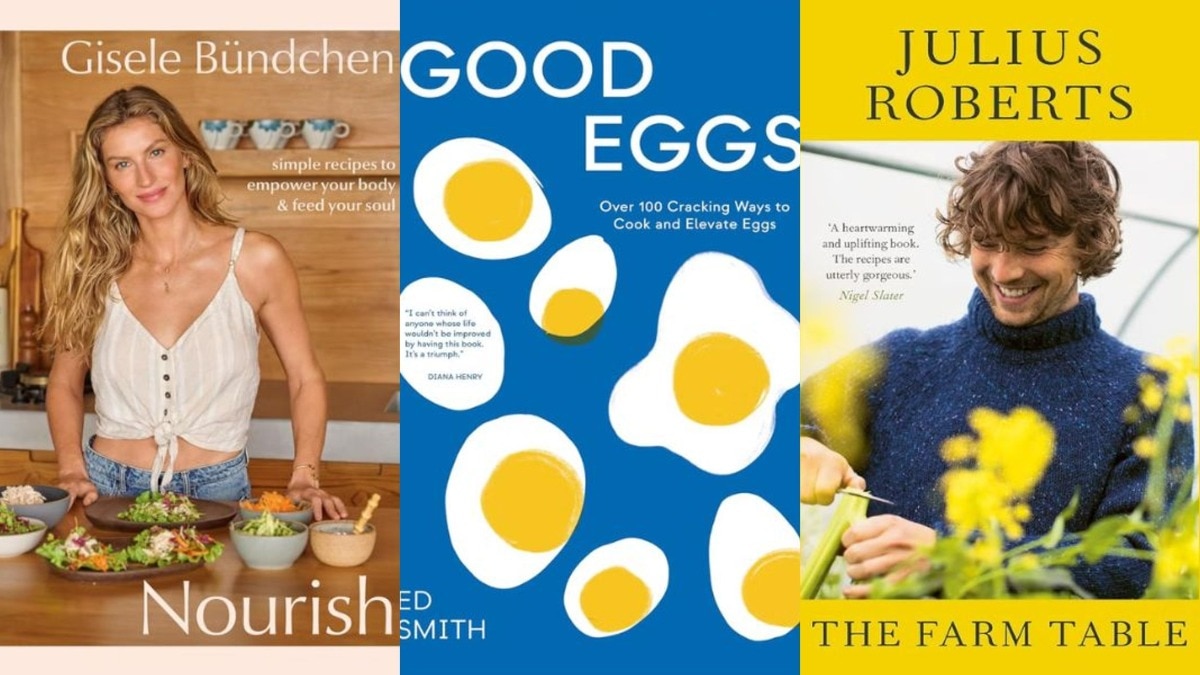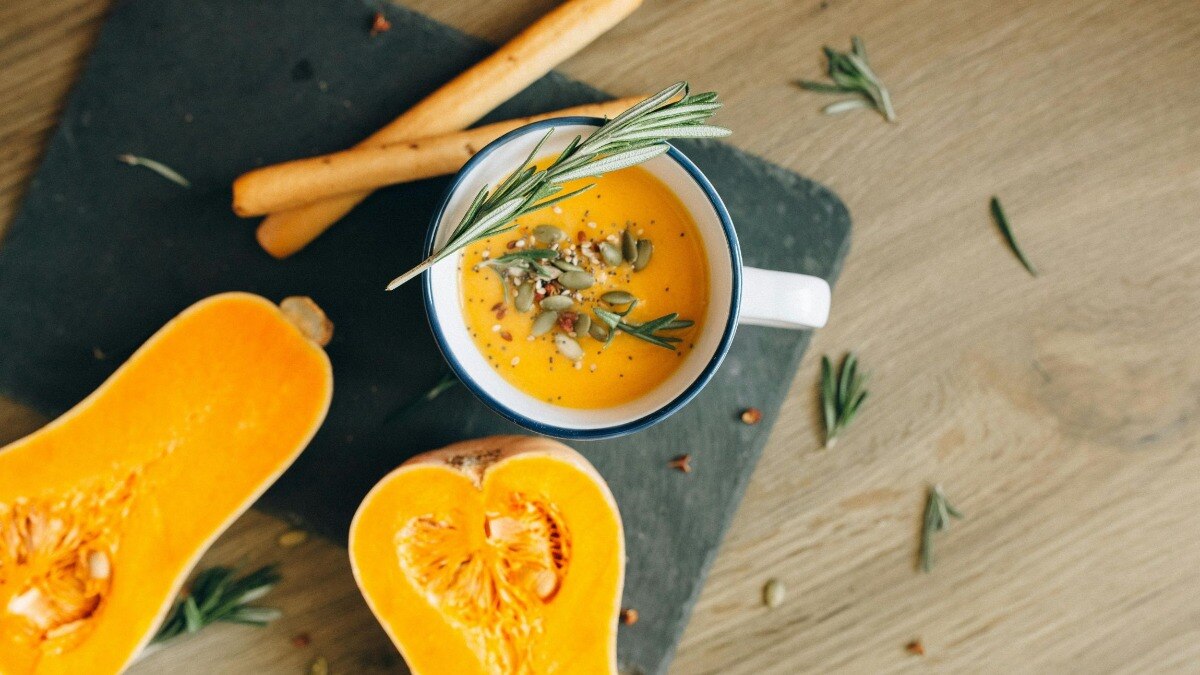
This all-new cookbook provides a healthy dose of vegan meal inspiration
The 'Satvic Indian Food Book' by the duo behind the immensely popular Satvic Movement, which has racked millions of followers online, includes recipes meal plans and more.


Husband-wife duo, Harshvardhan and Subah Saraf suffered from various diseases during their childhood, before they switched to a whole-food, plant-based Satvic diet that turned their lives around. Now, they are on a mission to spread the wisdom and ways of Satvic eating with the world through their platform, Satvic Movement, which focuses on health education content and online workshops, and their cookbooks, with Satvic Indian Food Book being their latest.

The cookbook is not limited to recipes—it begins with informative sections that dive deep into the characteristics of Satvic food, the nine Satvic food laws, meal plans, and more.
Those who prefer cookbooks with loads of pictures (we feast through the eyes, after all!) will appreciate the vibrant, appetising shots of dishes that accompany each recipe. Along with the serving size, time, and recommendations of occasions to serve the dish at, there’s also a nifty highlighted section for things that need to be prepped in advance, like soaking nuts.
The cookbook opens with a basics section with essentials that form the backbone of the other recipes in the book—think nut milks, curds, and butters.
If you’re looking for quick snacks and bites or an easy meal, sift through their unique recipes for appetisers and chaats. With starters like malai broccoli where a creamy cashew and melon seed sauce replaces the dairy-based cream, to skewers that make the most of fresh produce like pineapples, bell peppers, and sweet potato, there are plenty of options to choose from. In chaats, you’ll find all your favourites given the Satvic treatment—dahi tikki chaat (which is the the author’s personal favourite) is made with peanut curd, while the papdi chaat has papdi made with thinly sliced potatoes that are dry roasted on a tawa (round frying pan).

Wholesome, nourishing salads and soups are integral to Satvic cuisine, so don’t be surprised to find ample meal inspiration in this section. There’s an imaginative nutty turai (ridge gourd) salad topped with roasted almonds, a creamy grated cauliflower salad, and more. Both cold and hot soup recipes find a place in the cookbook—the Paradise Soup is basically a smoothie bowl and features cucumber, pineapple blended with coconut milk, and spices. We love the Colourful Jungle and Zaffran Soup—the former is a deep green and made with spinach, peas, coriander and other veggies, while the latter is a bright red-tinted with red bell pepper and beetroot.
The book truly shines in the main course section—it features an exhaustive list of recipes that are neatly divided into dry sabzis, curries, rotis and rice, chutneys and raitas, and special meals. Here you’ll find grain-based (veggies with roti, rice or millets) or pulse-based meals (pulses cooked with lots of vegetables) that form a major chunk of your daily Satvic diet. The dishes featured are across cuisines from different states of India—from a carrot cabbage thoran (traditional dry veggie recipe from Kerala) and coastal curries from the south to aloo matar malai and yam makhani from the north. Rotis are made the Satvic way, too, with the addition of seasonal vegetable purees and the use of alternative millet flours like jowar. The rest of the section has a wide variety of chutneys and dishes like kulchas (type of Indian bread), fusion dosas, and red rice idlis. In addition to these, the one-pot section also has hearty mains like foxtail biryani, rajma stew, and more.
Juices and traditional Indian beverages like kesar badaam milk (almond and saffron milk) and masala chai also get their own section. For easy, simple and healthy breakfast inspiration, look to the breakfast section filled with smoothie recipes and nutritious meal ideas.

Rounding off the cookbook are the desserts. Don’t be fooled into thinking that Satvic sweet treats will not be decadent enough due to their lack of dairy or refined sugar. There are ample indulgent recipes you’ll enjoy digging into—a phirni made with almonds as the base, Satvic gulab jamuns, and a creatively named ‘Life is a blessing’ cake that is a riff on a cheesecake but is made with pumpkin and nuts instead.
Satvic Indian Food Book is a nice addition to your collection if you want to add more vegetarian food to your diet, are simply looking to switch things up, or want to eat more mindfully and healthily.










